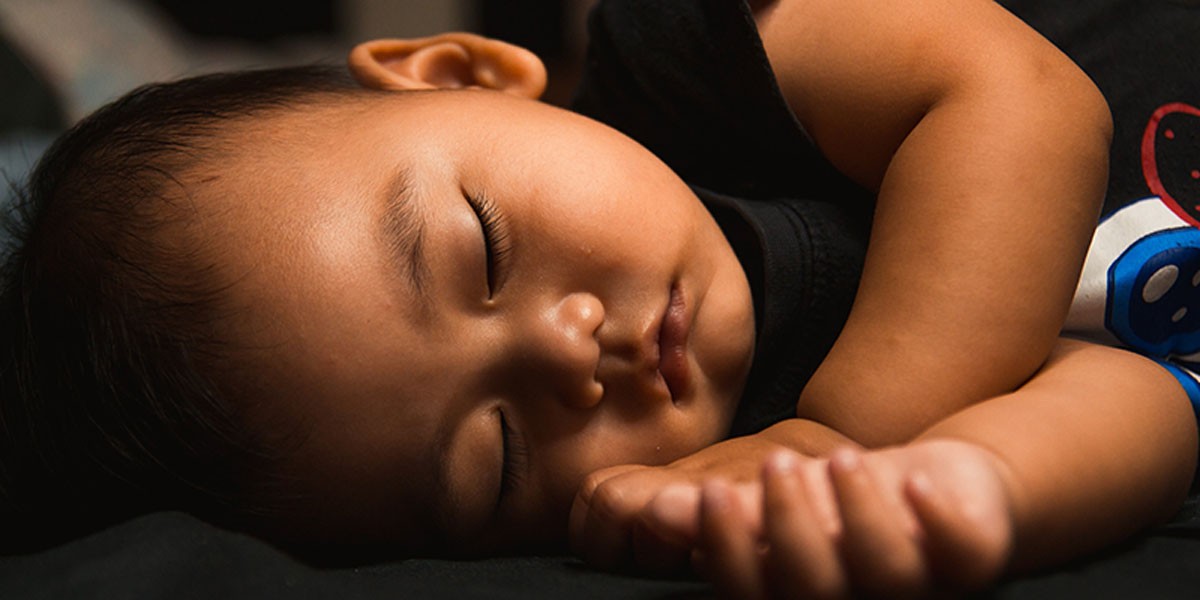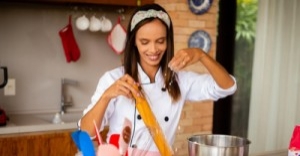It is crucial that all providers and service staff ensure children are safe, healthy and protected from harm and risks associated with sleep and rest by complying with all sleep and rest regulatory requirements.
The department, as the NSW Regulatory Authority, has zero tolerance for serious harm to children as a result of unsafe sleep and rest practices.
Sleep and Rest Requirements under the National Regulations
- Regulation 81 requires approved providers, nominated supervisors and family day care educators to “take reasonable steps to ensure that the needs for sleep and rest of children being educated and cared for by the service are met, having regard to the ages, development stages and individual needs of the children.”
- Regulation 168 requires education and care services to have policies and procedures relating to children’s sleep and rest.
- These policies and procedures should be regularly reviewed and updated as necessary, in accordance with the regulations and best practice guidelines. All staff should receive appropriate information and training, to ensure the policies and procedures are followed in practice.
Safe Sleep Equipment
Providers and services must ensure that all equipment and furniture used are safe, clean and in good repair and that each child being educated and cared for has access to sufficient furniture, materials and developmentally appropriate equipment suitable for their education and care (regulations 103External link, 105External link). This includes safe equipment suitable to meet each child’s sleep and rest needs.
The safest place for a baby to sleep is in a safe cot that meets Australian standards, on a safe mattress, and with safe bedding.
Supervision During Sleep and Rest
Adequate supervision must be maintained during sleep and rest time.
Adequate supervision means:
- That you can respond immediately, particularly when a child is distressed or in a hazardous situation.
- Knowing where children are at all times and monitoring their activities actively and diligently.
- During periods of sleep and rest, active monitoring and supervision with the ability to see and hear each child is best practice in both family day care and centre-based care settings.
Practices to support adequate supervision at sleep and rest times include:
- Physically checking/inspecting sleeping children at regular intervals (for example, every 10 minutes for children under two years of age) by checking the rise and fall of the child’s chest and the child’s lip and skin colour from the side of the cot/bed.
- Not using CCTV, audio monitors or heart monitors to replace physical checks.
- Always being within sight and hearing distance of sleeping and resting children so that educators can monitor children’s safety and wellbeing
- Taking into consideration the risk for each individual child, such as considering the age of the child, medical conditions, individual needs and history of health and/or sleep issues.
Services should consider the Red Nose safe sleep recommendations and the importance of carrying out a risk assessment for sleep and rest times. Conducting a risk assessment will assist educators in identifying and mitigate risks associated with sleep and rest, tailored to your service’s unique context and children’s individual circumstances and needs.
Additionally, other regulatory requirements are relevant to sleep and rest times. These include:
- Ensuring adequate supervision (section 165)
- Protecting children from harm and hazards (section 167)
- Ensuring safe, suitable and developmentally appropriate equipment (regulation 103, regulation 105)
- Ventilation, natural light and temperature of indoor spaces (regulation 110)
- Approved providers and services must have systems in place to ensure their sleep and rest policies, procedures and practices are in line with regulatory requirements and support children’s safety during sleep and rest times.
The sleep and rest requirements under the National Law and Regulations aim to ensure children's safety, health and wellbeing.
For more information: Safe Sleep and Rest







 On 10 December 2025, the Fair Work Commission issued a major determination affecting the Children’s Services Award 2010 (MA000120). These changes form part of the
On 10 December 2025, the Fair Work Commission issued a major determination affecting the Children’s Services Award 2010 (MA000120). These changes form part of the Over the next five years, educators across the sector will see steady, structured wage increases designed to lift pay to the new benchmark rates for
Over the next five years, educators across the sector will see steady, structured wage increases designed to lift pay to the new benchmark rates for The Fair Work Commission has introduced important changes to how cooks are classified and paid under the Children’s Services Award 2010. These changes recognise that
The Fair Work Commission has introduced important changes to how cooks are classified and paid under the Children’s Services Award 2010. These changes recognise that At the centre of this case is an incident captured on CCTV at an early learning service in Bathurst, where 18‑year‑old educator Hayley Kelleher grabbed
At the centre of this case is an incident captured on CCTV at an early learning service in Bathurst, where 18‑year‑old educator Hayley Kelleher grabbed